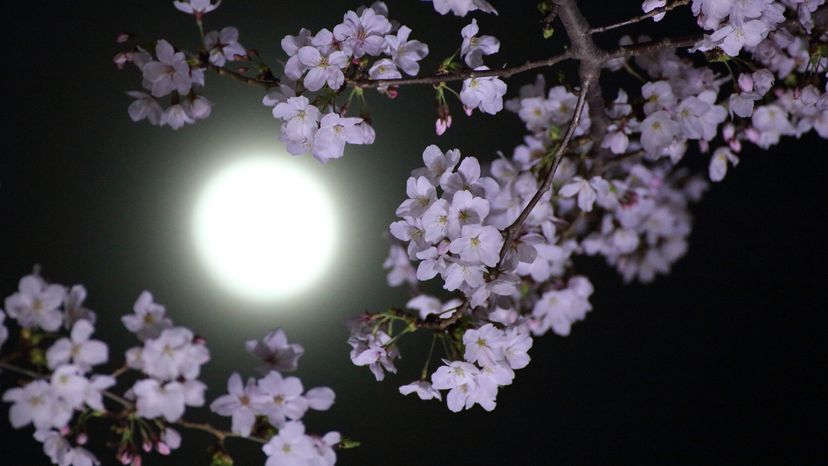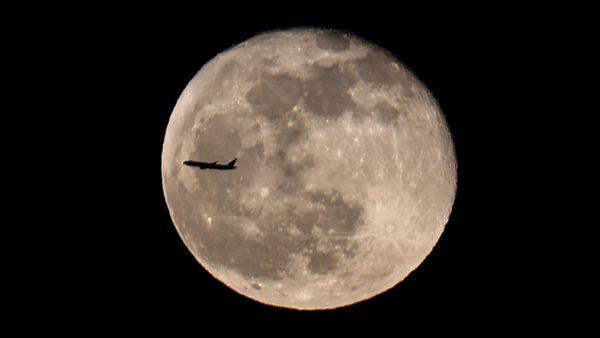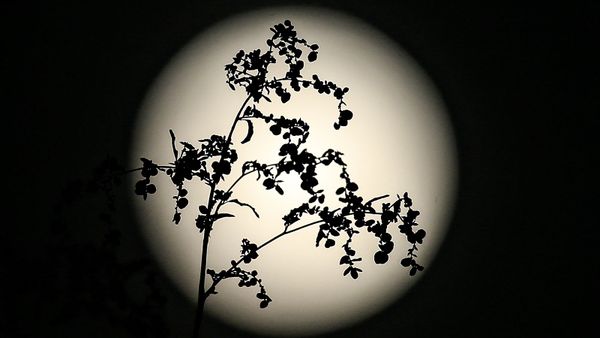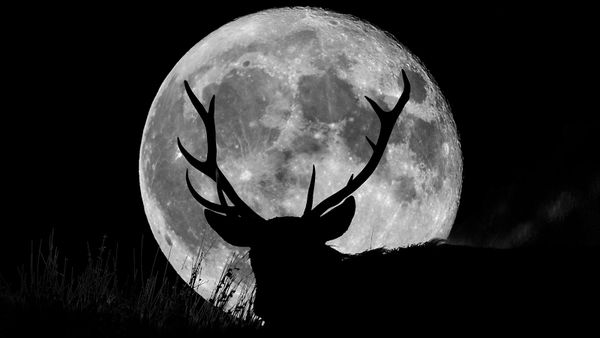
You've probably heard a lot about the moons in recent years; people are increasingly curious about what's happening beyond our atmosphere, and it has spurred headlines about everything from the "super blue blood moon" to monthly full moons with unusual nicknames.
In 2023, the full moon in May will occur at 1:34 p.m. ET (4:34 p.m. PT) on May 5, and its nickname is the flower moon. For viewers in the Western Hemisphere, this means that the exact moment of the full moon will occur during daylight hours and so will not be visible — but the moon will be bright and visible in the sky that night, and will not be noticeably "less full" than a few hours earlier at the peak of the moon's cycle.
Advertisement


